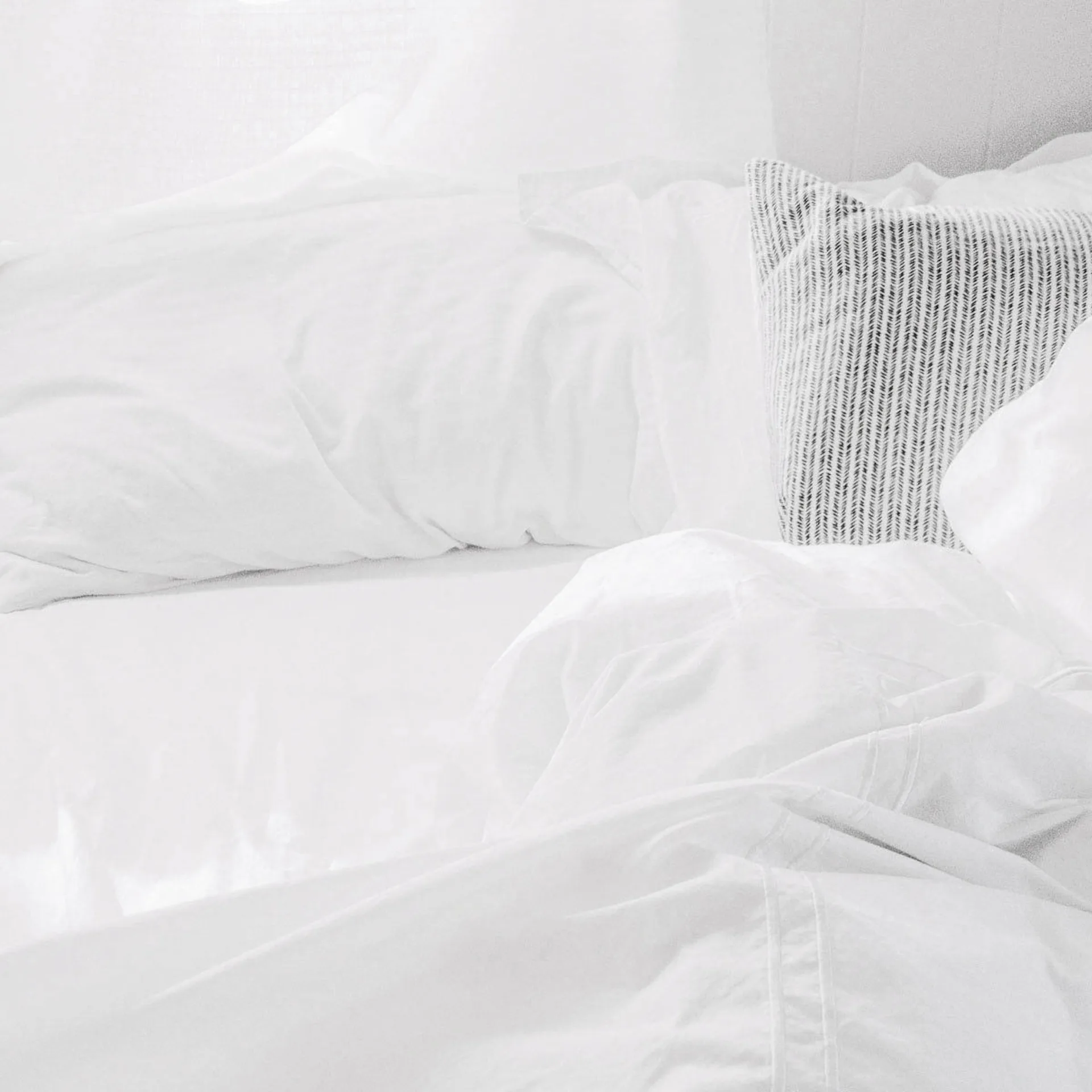3 Ways To Combat a Puffy Face: Bye, Bye Bloat!

A puffy face is a common condition that can quickly lower your confidence. Learn why you’re swelling up and three approaches you need to look and feel your best, without the bloat.
If you’ve experienced it, then you feel my pain. Getting rid of a puffy face is a cause that hits close to home. Almost every morning, I wake up with a slightly swollen face that doesn’t seem to deflate on command. Sometimes, it deceives me into thinking I’ve gained weight when I haven’t (I’ve checked!) or am sick when I’m not (my doctor checked!). More often than not, I feel like I have an extra inch of skin round my cheeks, eyelids and lips. And even if I don’t recognize it in the mirror or feel the extra tenderness, I most certainly notice the difference in pictures. It’s an annoying predicament for which I had long been eager to find a solution. After reading more into why it may be happening so often to me, the better prepared I became in preventing its onset.
Where does a puffy face come from?
A puffy face or facial puffiness is medically known as facial edema. It is most commonly caused by fluid retention. Factors that lead to facial puffiness include reactions to certain drugs, obesity, and poor circulation. Certain conditions like pre-eclampsia during pregnancy, thyroid disorders, kidney disease, tooth abscess, throat infection, sinusitis, allergies, and conjunctivitis can also be to blame.
With so many factors to consider, it’s best to first target the condition that is most directly treatable: fluid retention. Fluid retention occurs when there is an excessive build up of fluid in the circulatory system, body tissues, or cavities of the body.
Here are three ways to go about deflating a puffy face by preventing fluid retention.
3 Ways to Deflate a Puffy Face
1. Stay Hydrated
Make sure you are drinking eight to ten glasses of water per day and abstain from excessive alcohol and caffeine consumption. Meanwhile, it’s important to exercise and cut back on sodium. Instead, eat foods that fight fluid retention. For most people, these simple steps are enough to ensure a marked difference in facial puffiness.
2. Eat Right, Lose Weight
Easier said than done, I know, but it has to be said. A puffy face can mean you are carrying around extra weight. Oftentimes, consuming less-than-healthy foods go hand-in-hand with retaining water in the body. Change your dietary habits to a predominantly plant-based diet and you’ll see an almost immediate effect. With high water-containing foods entering your system, you are less likely to experience fluid retention and more likely to lose weight.
3. Naturally Treat Your Thyroid
An underactive thyroid is linked to fluid retention. Hypothyroidism is a condition serious enough to consult your doctor about to plan a course of action. However, there are natural ways to treat hypothyroidism, as it is often a result of an immune system failure. Adjusting your diet is just one small way you can make a big difference. But always discuss with your doctor first, and never stop taking thyroid medication unless advised by your physician.
A few tips include eliminating gluten from your diet, avoiding goitrogens (such as cruciferous veggies), and embracing glutathione-containing foods.
Gluten has the molecular composition of thyroid tissue and can make for a cause of mistaken identity. Eating gluten can cause your immune system to attack your thyroid.
Goitrogens are substances that can interfere with thyroid function by interfering with iodine uptake in the thyroid gland. Goitrogens include broccoli, Brussels sprouts, cabbage, kohlrabi, rutabaga, turnips, millet, spinach, strawberries, cauliflower, kale, peaches, peanuts, radishes, and soybeans. You can still eat goitrogens when cooked or raw, in moderation.
Lastly, glutathione is an antioxidant that bolsters the immune system and helps it to repress autoimmune flare-ups as well as heal thyroid tissue. Glutathione-rich foods include grapefruit, avocado, asparagus, raw eggs, and garlic.
Related on Organic Authority
Salt Shaking
30 Days of Paleo: Beating the Bloat
Can ‘Eating Clean’ Turn Your Health Around?

